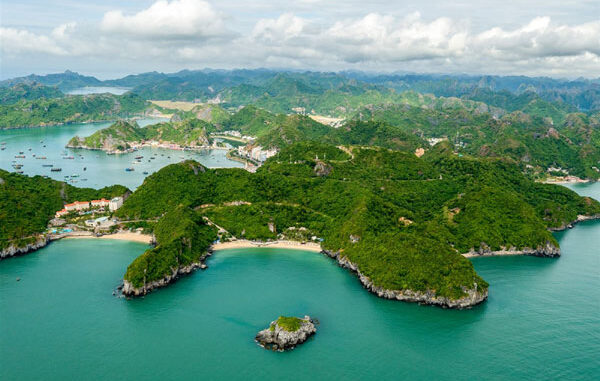
Cat Ba Biosphere Reserve is a World Heritage Site and a Ramsar Wetland of International Importance, located in northeastern Vietnam. Encompassing approximately 27,100 hectares, the reserve is home to a diverse ecosystem of tropical forests, wetlands, mangroves, and coral reefs. It is also famous for its rich biodiversity, boasting over 2,000 plant species and 700 animal species, including many rare and endangered species.
Location
Cat Ba Biosphere Reserve is located in the Gulf of Tonkin, off the coast of Hai Phong City in northern Vietnam. It includes most of Cat Ba Island, the largest of the 367 islands that make up the Cat Ba Archipelago. The reserve’s boundaries extend from the island’s northern tip to its southernmost point, embracing a vast expanse of land and sea.
Unique forest ecosystem
Cat Ba forest ecosystem is extremely diverse, divided into 3 types: mangrove forest, primary forest, and coniferous forest (unique on Cat Ba island). From the moment you arrive here, visitors will be amazed by the rows of towering ancient trees, large trunks, and super wide foliage. In the middle of a majestic forest with lush foliage is the habitat and growth of thousands of plant species.
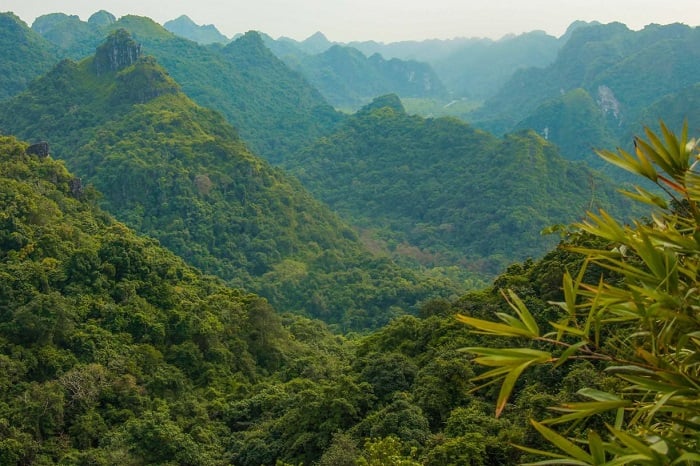
Diverse marine ecosystem
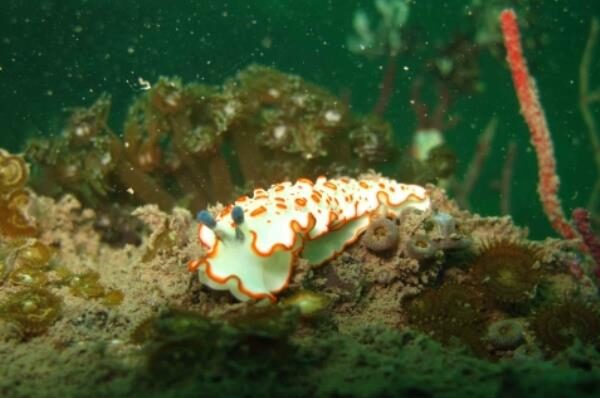
The marine ecosystem of Cat Ba Park is concentrated mainly on the coast, bays, and limestone foothills, including nearly 1,500 species of fish, seaweed, coral, and zooplankton.
Besides exploring the marine ecosystem, visitors also have the opportunity to participate in interesting games such as diving to see coral, kayaking to visit the island, swimming…
Biodiversity Highlights
Cat Ba Biosphere Reserve is a biodiversity hotspot, harboring an impressive array of flora and fauna. Among its notable inhabitants are:
– Cat Ba langur (Trachypithecus delacouri): This critically endangered primate is found only in Cat Ba National Park, a core zone of the reserve.
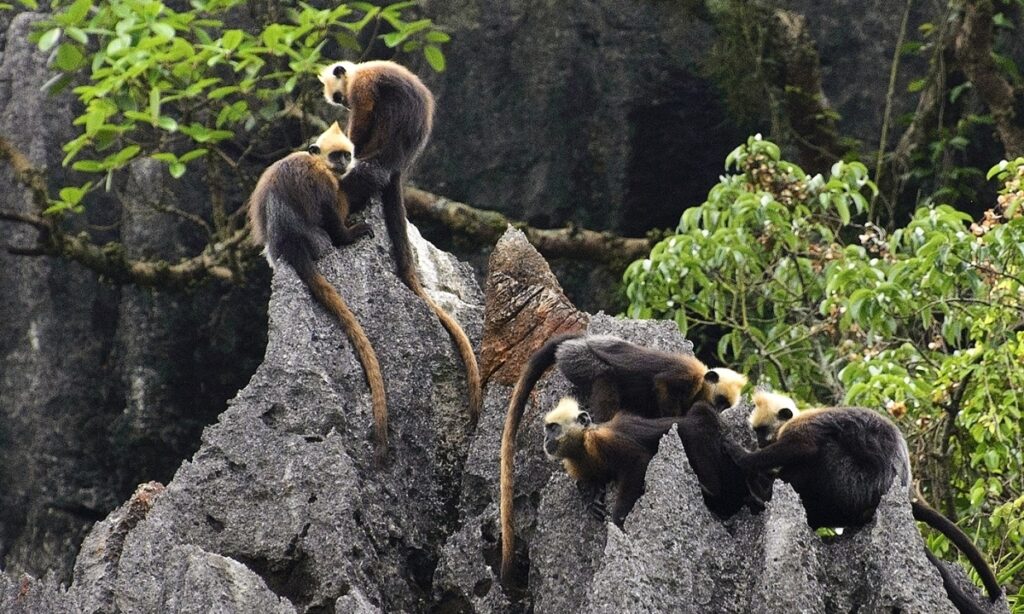
– Delacour’s gecko (Gekko vietnamensis): This rare gecko is endemic to Cat Ba Island and is found in the limestone karst forests of the reserve.
– Indochinese box turtle (Cuora amboinensis): This threatened turtle is found in the wetlands and streams of the reserve.
– Black-faced spoonbill (Platalea minor): This endangered waterbird is found in the mudflats and shallow waters of the reserve.
Ecological significance
Cat Ba Biosphere Reserve is recognized for its exceptional ecological value. Its diverse habitats provide essential breeding, nursery, and foraging grounds for a wide variety of marine and terrestrial species. The reserve’s wetlands, mangroves, and reefs play a crucial role coral in maintaining the health of the Gulf of Tonkin ecosystem.
Conservation Efforts
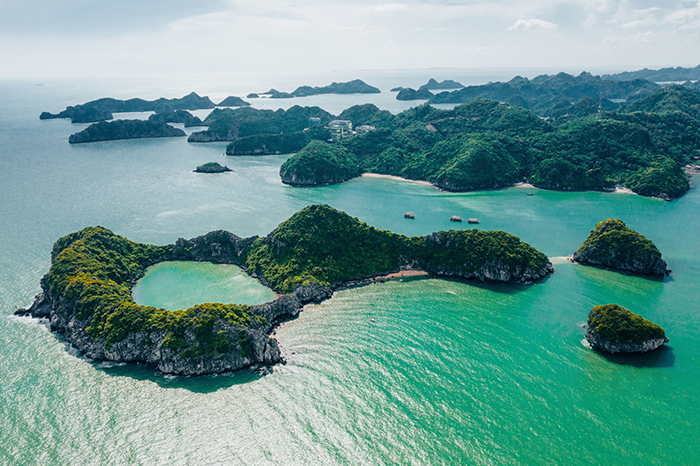
Cat Ba Biosphere Reserve is a vital area for conservation efforts, with ongoing initiatives to protect its unique biodiversity and habitats. These efforts include
– Habitat restoration and protection: Restoring degraded habitats and protecting pristine areas are crucial for the survival of endangered species.
– Anti-poaching and illegal wildlife trade prevention: Combating poaching and the illegal wildlife trade helps protect vulnerable species.
– Community engagement and education: Involving local communities in conservation efforts fosters a sense of ownership and responsibility for the reserve’s preservation.
Sustainable Development
Cat Ba Biosphere Reserve aims to balance conservation with sustainable development, ensuring the well-being of both the ecosystem and local communities. Sustainable practices include
– Ecotourism: Promoting ecotourism allows visitors to enjoy the reserve’s natural beauty while minimizing their impact on the environment.
– Sustainable agriculture: Encouraging sustainable agricultural practices reduces the use of harmful chemicals and protects the ecosystem.
– Community-based livelihoods: Supporting alternative livelihoods for local communities reduces their reliance on unsustainable practices.
Conclusion
On December 2, 2004, Cat Ba Biosphere Reserve was recognized by UNESCO as a world biosphere reserve. Cat Ba Biosphere Reserve stands as a testament to the importance of preserving our planet’s natural heritage. Its exceptional biodiversity, diverse habitats, and ecological significance make it an invaluable resource for both conservation and sustainable development. By continuing to protect and manage this unique ecosystem, we can ensure its continued health and vitality for future generations.
Get an opportunity to visit Global Biosphere Reserve in Vietnam through Vietnam E-Visa!